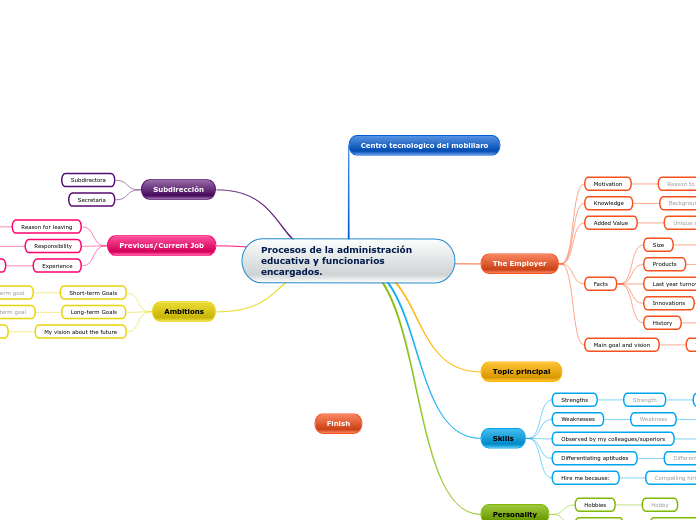av Leticia Cummings 9 år siden
491
Mindmap LCummings
Middle school students explore U.S. history and geography, focusing on the growth and conflicts that shaped the nation. They develop essential study skills and social participation abilities, aligned with Common Core State Standards for literacy in history and social studies.









